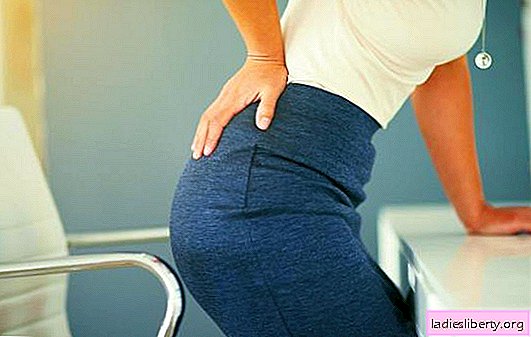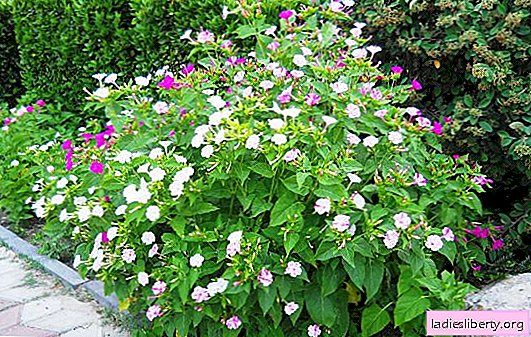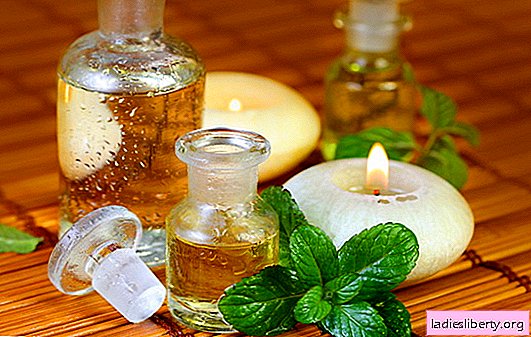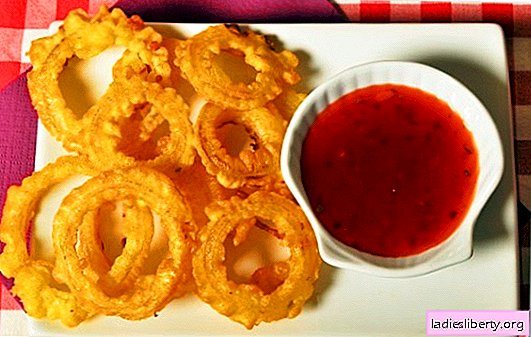
Hemorrhoids are a pathological expansion of hemorrhoids that is caused by hereditary or infectious diseases. Hemorrhoids are easily confused with many other problems of the anorectal region, ranging from anal fissures to colorectal cancer. We should not forget that hemorrhoids are absolutely normal anatomical component of a person.
Causes of hemorrhoids
The exact cause of symptomatic hemorrhoids is unknown.
It is believed that there are a number of factors that can contribute to the onset of the disease:
- lack of exercise;
- food products (low fiber diet);
- increase in abdominal pressure (ascites, presence of abdominal mass or pregnancy);
- heredity;
- lack of valves in hemorrhoidal veins;
- aging.
Other factors that are believed to increase your risk are obesity, prolonged physical inactivity, chronic cough, and pelvic floor dysfunction. For many years, constipation was thought to be an important factor in the development of this disorder, but many recent observations have denied this. Many trials have not demonstrated a convincing relationship between hemorrhoids and constipation. However, other changes in intestinal motility - diarrhea - can also be a risk factor for the disease.
During pregnancy, fetal pressure on the stomach and hormonal changes cause the expansion of hemorrhoidal vessels. It also leads to an increase in intra-abdominal pressure. Surgical treatment is rarely necessary for pregnant women, as the symptoms usually disappear after childbirth.
Treatment of hemorrhoids at home in women can be carried out no more than 7 days. If symptoms persist, seek medical attention to prevent the progression of the disease.
Treatment of hemorrhoids at home in women: plants
Applying aloe to the affected area
Doctor's comment:The most commonly used species is aloe vera. The ancient Greeks and Romans used the plant to treat wounds. Untreated aloe containing aloin is commonly used as a laxative.
On May 9, 2002, the U.S. Food and Drug Administration issued a final rule prohibiting the use of allogeneic substances in over-the-counter laxatives.
There is potential for inhibiting tumor growth, which comes from animal studies, but it has not been shown whether aloe has the same effect on humans.
Animal studies have also shown that aloe extract has a significant antihyperglycemic effect and may be useful in the treatment of type II diabetes.
Local application of aloe has a cooling effect and constricts blood vessels in the anorectal region.
The gel can slightly reduce inflammation, but it effectively relieves pain.
To smear external hemorrhoidal nodes with birch tar once a day for 2 weeks.
Doctor's comment:Birch tar has antiseptic and bactericidal properties. In the USSR, it was used to treat skin diseases.
Birch tar can reduce inflammation and eliminate infectious pathogens, however, according to retrospective studies, there is a clear link between the occurrence of colorectal cancer.
It is not recommended to use this tool for safety reasons.
Oral administration of celandine extract 3 times a day for 2 weeks
Doctor's comment:the active ingredients of celandine are mainly isoquinoline alkaloids - copcin, but also berberine and spartein.
The plant is traditionally used in folk medicine for the treatment of hemorrhoids.
In gypsy culture, celandine is used in foot baths to relieve pain.
Celandine has a laxative, antispasmodic and sedative effect. In moderate doses, it is taken as a tincture for the treatment of hemorrhoids. The toxicity of some plants inhibits internal use. Therefore, it is recommended to abandon the plant.
Oak bark
Doctor's comment:oak bark contains at least 3% condensed tannins. Several elagotanins and protoanthocyanidins were also identified: catalaline, vasocollain and pedagogolagin. The content of tannins largely depends on the time of harvest and the age of the branches.
A decoction is used to treat hemorrhoidal diseases. Since tannins bind to amino groups of proteins with the formation of a protective layer on the surface of the intestinal mucosa, which prevents the penetration of water, the plant reduces peristalsis.
Oak bark has astringent, anti-inflammatory, bactericidal and antidiarrheal properties.
Externally, 5-10 grams of raw materials are used. Oak bark should not be used orally for inflammatory conditions of the gastric mucosa. Raw materials do not have an allergenic effect. Treating hemorrhoids at home in women using oak bark can be beneficial, but serious side effects have been noted: cephalgia and arthralgia.
Treatment of hemorrhoids at home in women:Food
Common viburnum
Doctor's comment:common viburnum is used in traditional medicine as a heart tonic. It is also used as an antispasmodic sedative for asthma and hysteria. The plant contains glycosides, salicin, organic acids, coumarins, starch, pentosans and tannins.
With hemorrhoidal diseases, Viburnum vulgaris does not have any statistically significant effect. A slight decrease in pain does not improve the clinically significant condition of patients.
Garlic
Doctor's comment:garlic is rich in vitamins A, B, C, selenium, calcium and iodine. Other ingredients are flavonoids, polysaccharides, lutamyl peptides, steroid and triterpene saponins and lectins.
It has positive effects primarily on the body's immune system and digestion.
In folk medicine, garlic is used as an effective antiseptic and antibiotic. It also lowers blood pressure and blood cholesterol.
It was also noted that small doses of garlic help with flatulence, parasites in the intestines and in combination with honey are used for colds and flu. However, modern research on a scientific basis has not shown therapeutic effects in hemorrhoids.
To make tea, finely chopped and dried leaves are poured with boiling water and infused for several minutes. With diarrhea, it is recommended to drink this tea several times a day.
Doctor's comment:Due to the tannins content, strawberry leaves are used as a cure for diarrhea. Young leaves are also used as a substitute for black tea.
Since efficacy is not established in the stated indications, therapeutic use is not recommended.
There are no claims to use as a filler in tea blends. The use of strawberry leaves as a tea medicine is not recommended.
Treatment of hemorrhoids at home in women: specific methods
Potassium permanganate
Doctor's comment:in medicine, a solution of potassium permanganate is used as an astringent and disinfectant for external treatment of the skin.
In an emergency, a burgundy solution of potassium permanganate (about 0.1%) is used to wash the stomach in case of poisoning with oxidized toxins. In addition, it is used in the treatment of parasitic diseases of fish.
Potassium permanganate destroys odors and has a bactericidal effect.
Potassium permanganate helps to disinfect the skin, but does not affect hemorrhoidal nodes, so it is useless in general. Having drained the skin, potassium permanganate can aggravate the course of hemorrhoids 3 stages.
Treatment of hemorrhoids at home in women will not bring harm in the initial stages.
If the defecation process is disturbed, pain or macrohematuria occur, you need to contact a proctologist.
In some cases, open surgery is required. Conservative approaches are recommended at stages 1 and 2 of the disease.











